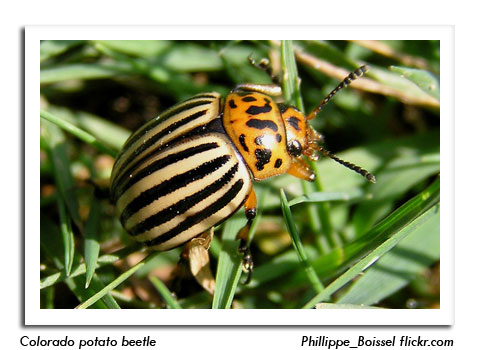
 |
|
|
Vegetables
Volume 57 Number 8 Date 05/30/2012 VARIEGATED CUTWORM - Reports of eggs and small larvae continue to circulate. The problem appears to be limited to the northern half of the state, from Eau Claire County east to Door County and northward. University of Wisconsin-Extension Entomologist Phil Pellitteri notes that he has not observed a variegated cutworm egg population of this size/magnitude in his 35 years in the lab. The unprecedented numbers of larvae emerging from the eggs laid on the siding and windows of northern Wisconsin homes indicates the potential for extremely high larval populations in home gardens and field crops in June. WINTER CUTWORM - Moths were observed in Dane, La Crosse and Trempealeau counties from May 24-30, signaling that oviposition is occurring on agricultural and ornamental crops. Black light trap collections should be watched over the next several weeks for these large, light brown moths with orange-yellow hindwings. Large flights of this exotic European species have occurred sporadically in the state in the past 4-5 years, although economic damage to agricultural crops has never been documented. COLORADO POTATO BEETLE - Overwintered adults are now colonizing potato fields in the Central Sands region of the state. The bright orange-yellow eggs deposited by the females should be apparent on the undersides of leaves in the week ahead. At normal early June temperatures, the eggs hatch in 4-8 days and larvae mature to the third instar stage in another 5-9 days. These early individuals are usually less destructive than the summer generation. Treatment is justifiable for potatoes when defoliation of pre-flowering, 6-8 inch plants surpasses 20-30%. CORN EARWORM - Low numbers of moths were near Janesville, Prairie du Chien and Ripon since the last report. Cumulative counts range from 3-37 per trap as of May 30. These very early migrants are unlikely to have any impact on corn or other hosts. According to insectforecast.com, the risk of additional corn earworm migrants entering the state through June 5 is low. -- Clarissa Hammond, DATCP Pest Survey 





|
|
|